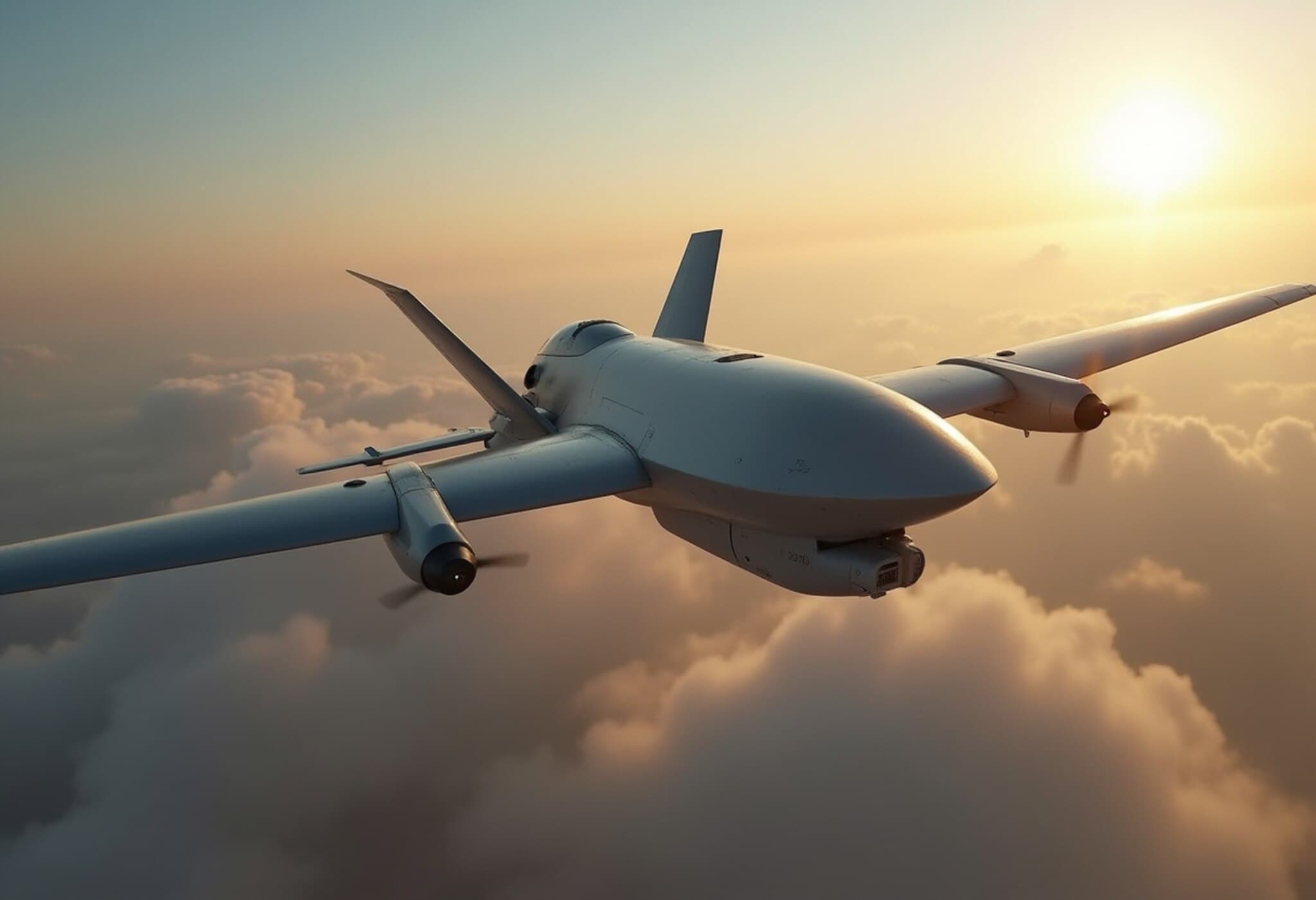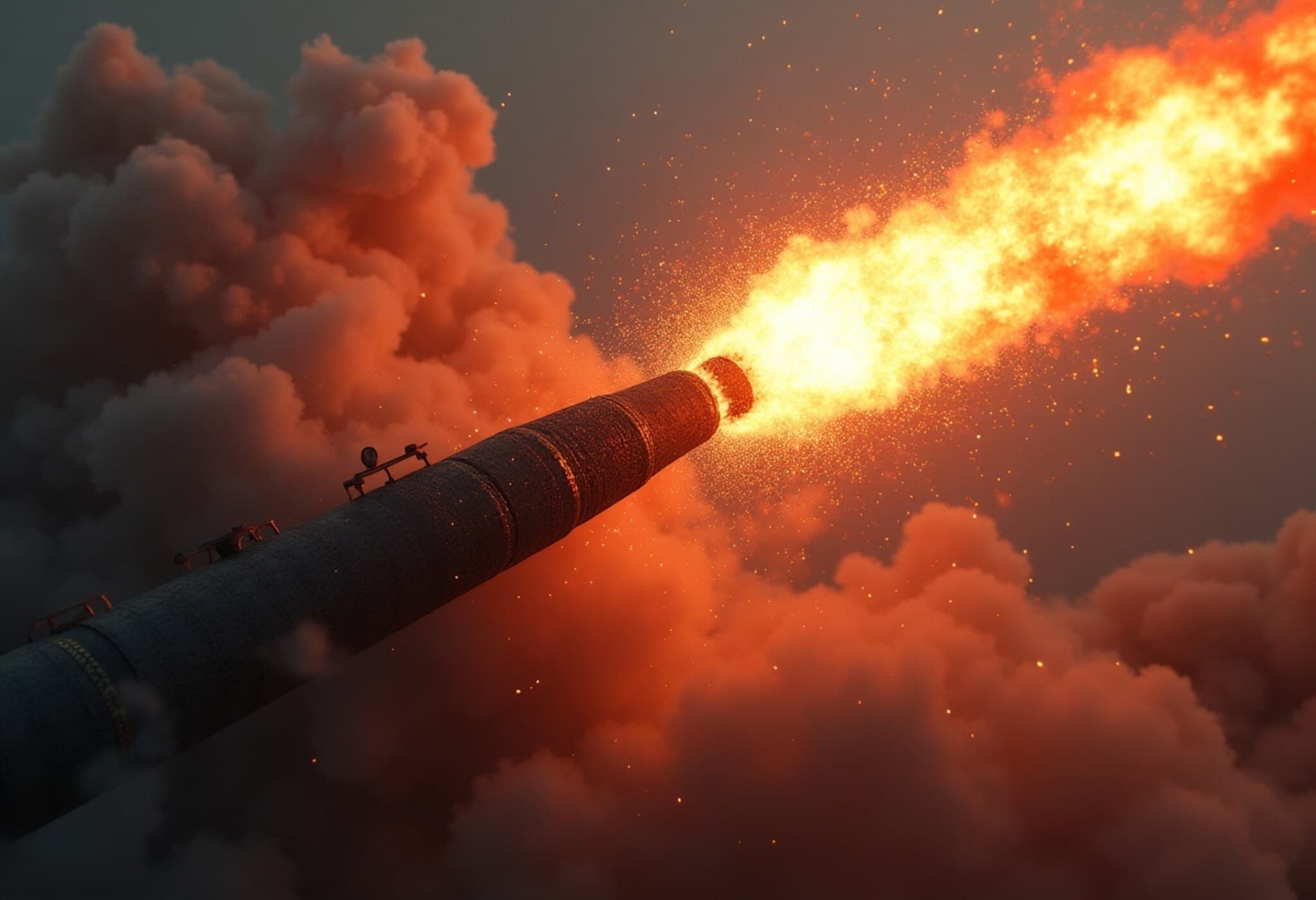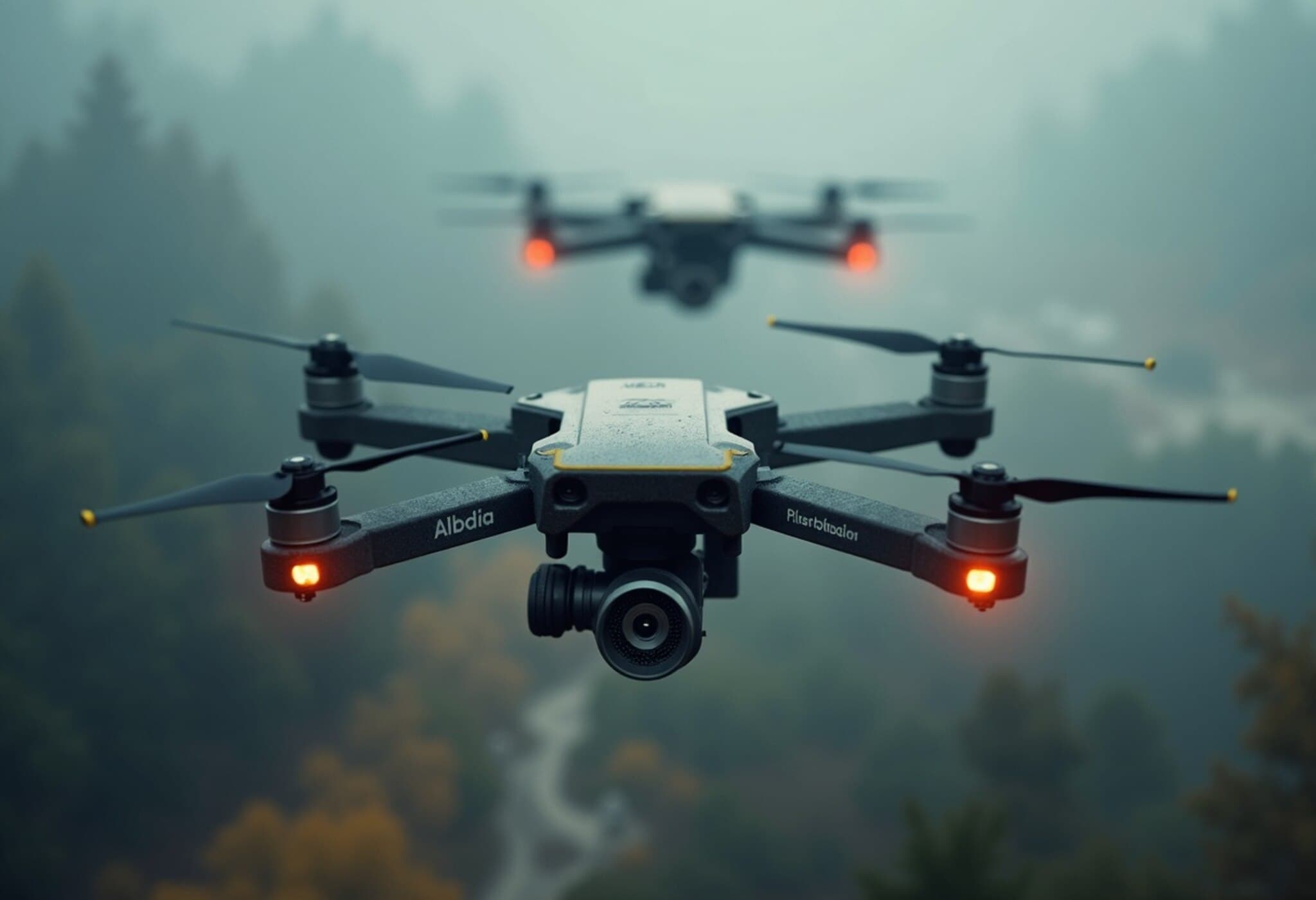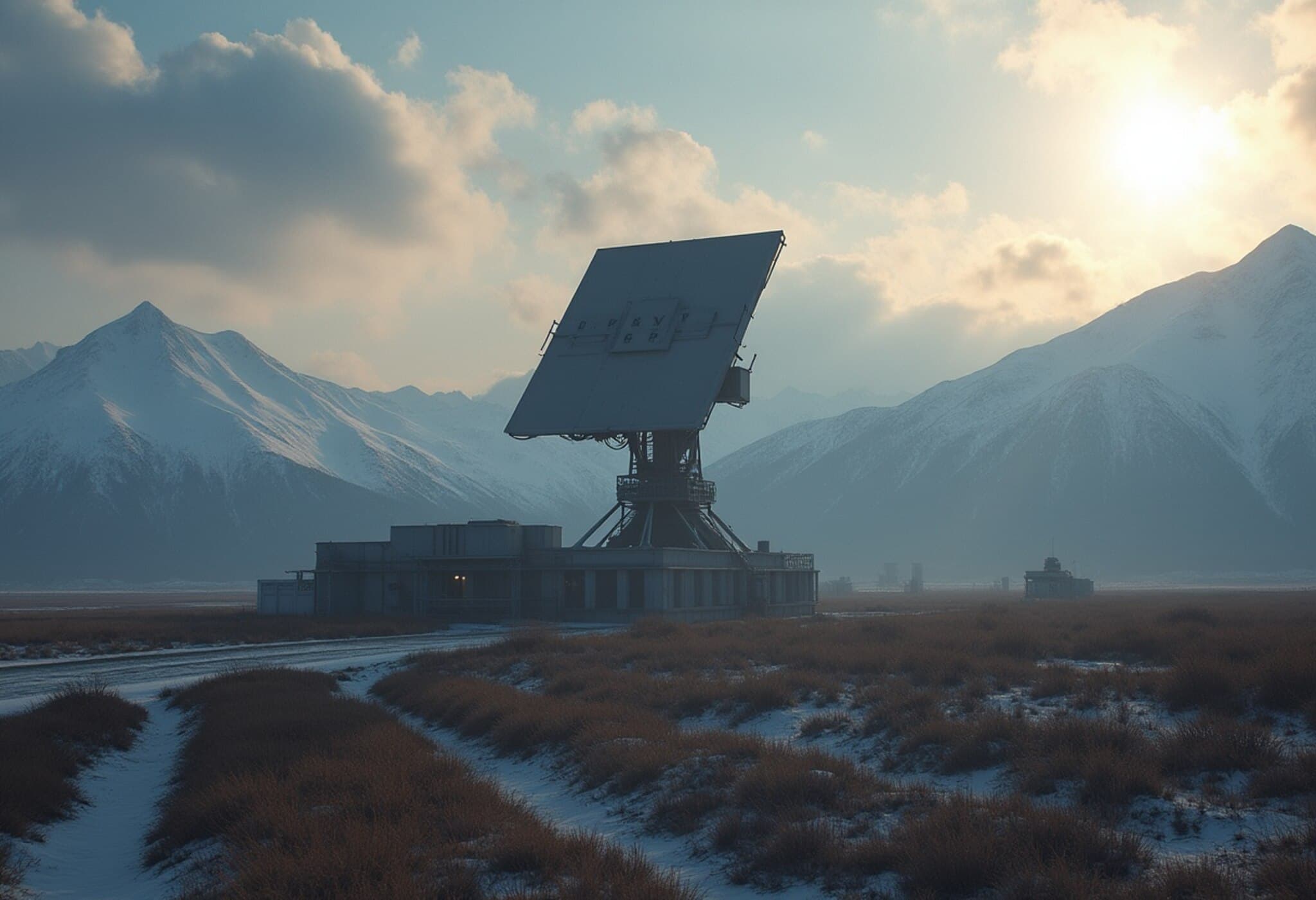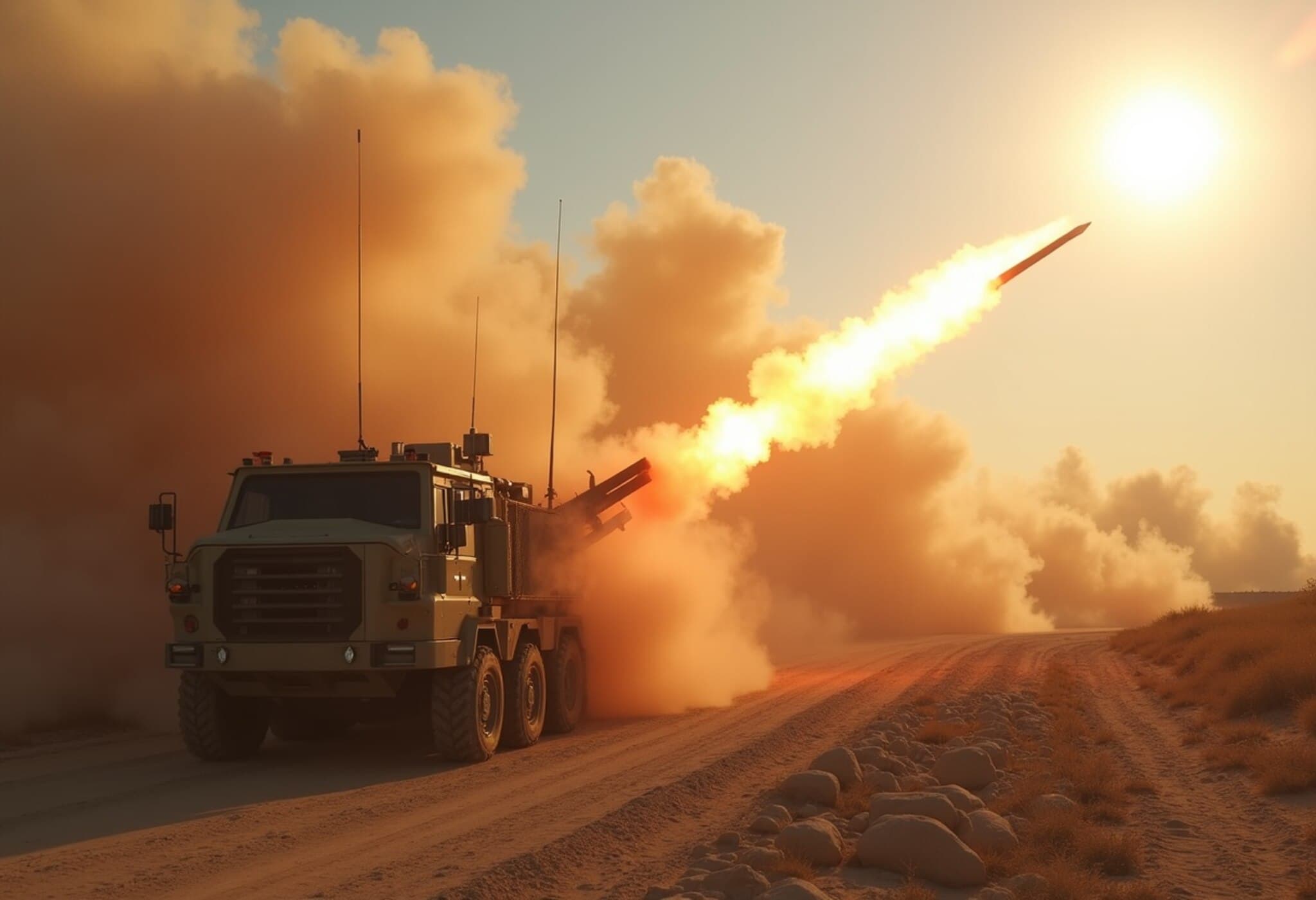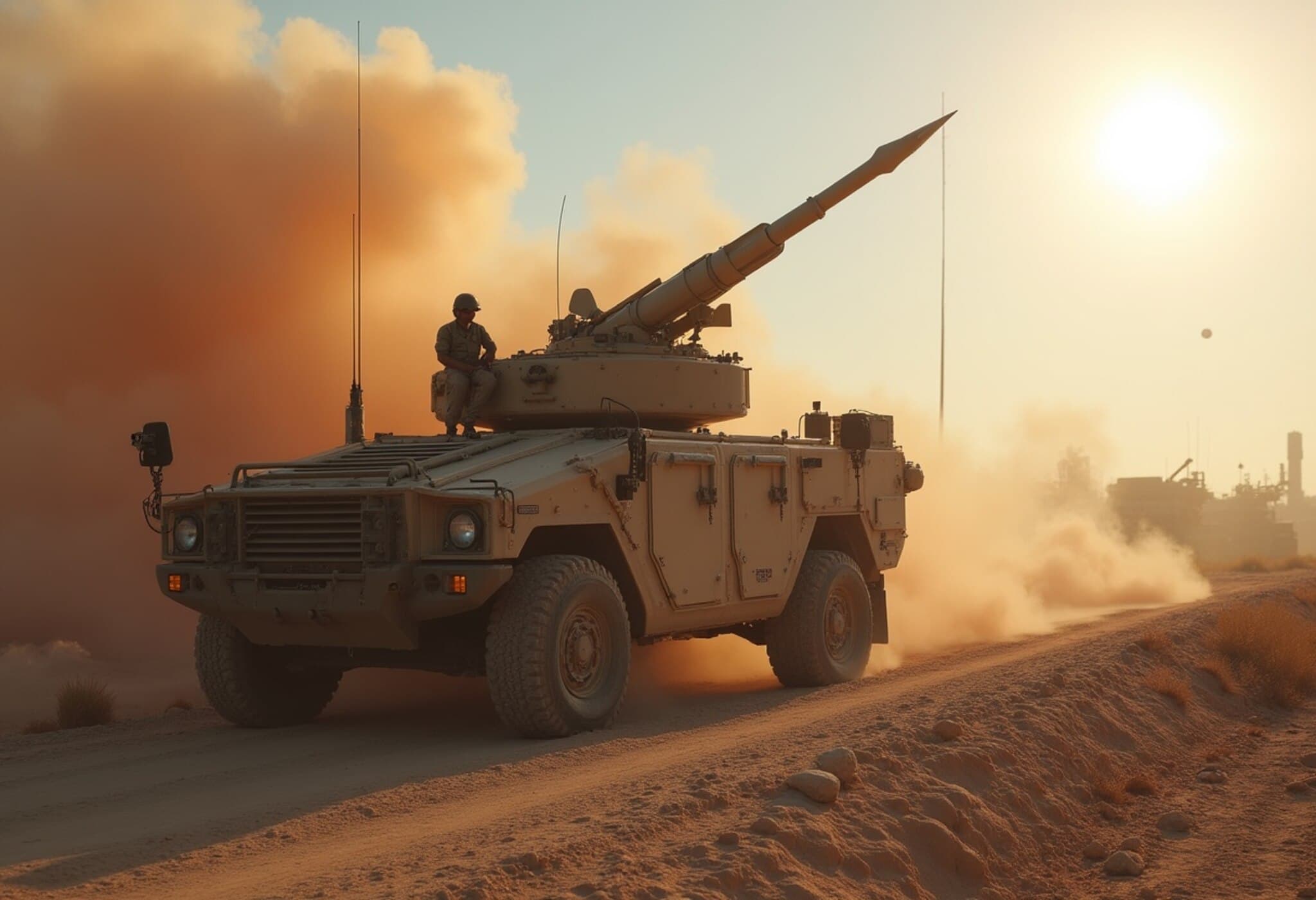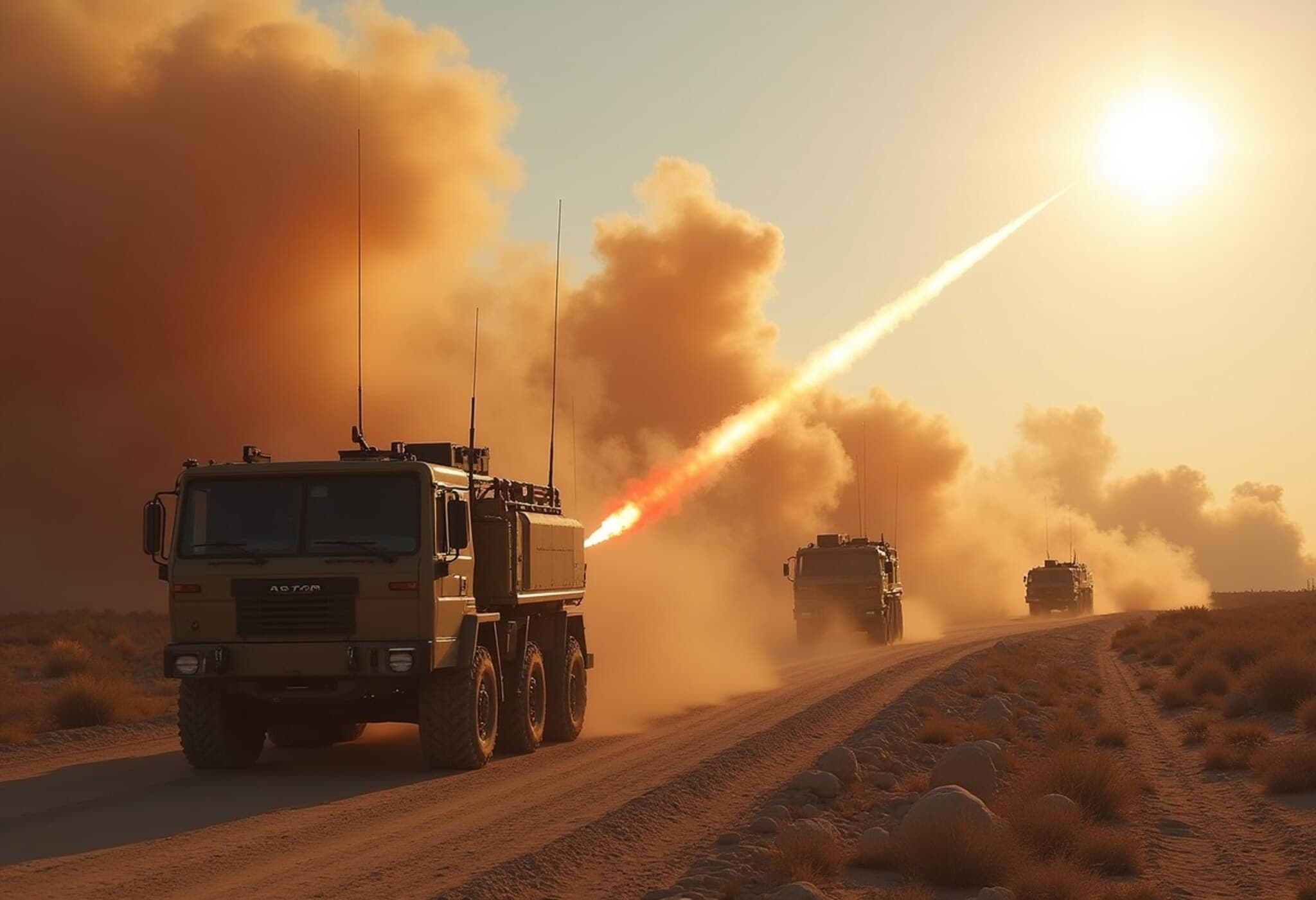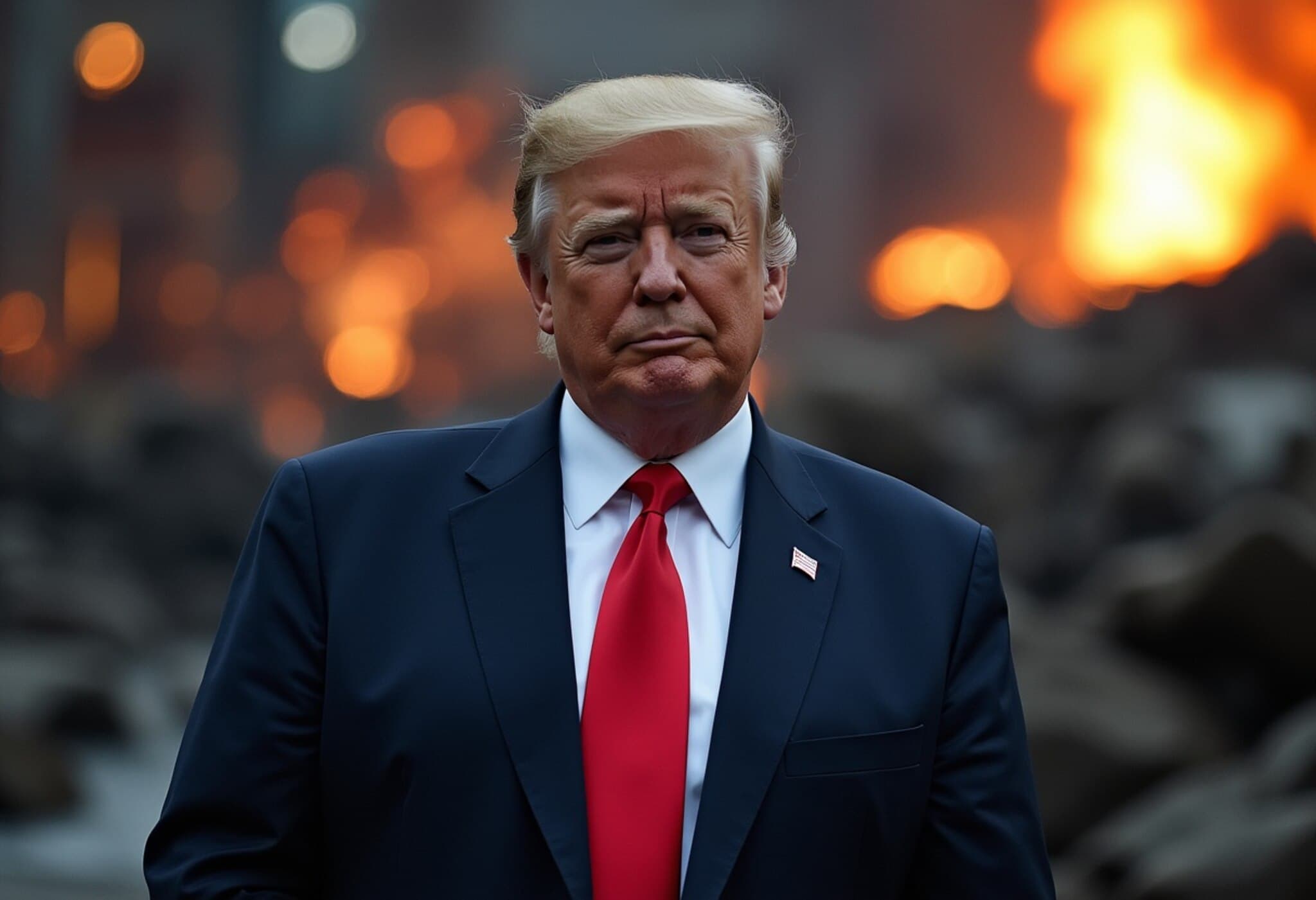Understanding Israel's Iron Dome: A Shield Against Aerial Threats
Israel’s Iron Dome, known locally as Kippat Barzel (Hebrew for "Iron Dome"), stands as a cornerstone of the nation’s defense strategy. Since becoming fully operational in March 2011, this all-weather, mobile missile defense system has played a critical role in safeguarding communities from incoming rocket attacks and other short-range aerial threats.
How The Iron Dome Works
The Iron Dome system functions through an integrated network of radar and interceptor missiles. When a rocket or projectile is launched towards Israel, the system's radar tracks its trajectory in real time. A command and control center then evaluates whether the incoming threat targets a populated area or a strategic location.
If the trajectory is deemed dangerous, the Iron Dome fires a guided Tamir interceptor missile to neutralize the threat mid-air. Importantly, the system is programmed to ignore rockets that appear to land in unpopulated or non-critical zones, conserving valuable interceptors for genuine risks.
System Composition and Capabilities
- The Iron Dome comprises multiple batteries, each covering approximately 60 square miles.
- Each battery includes 3 to 4 launchers, with each launcher housing up to 20 Tamir interceptors.
- Its interception range spans 2.5 to 43 miles, capable of countering rockets, mortars, and artillery shells.
There are an estimated 10 batteries deployed across the country, collectively forming a robust shield protecting key civilian and military targets.
Development, Funding, and Upgrades
Developed by Israel’s Rafael Advanced Defense Systems with significant support and funding from the United States, the Iron Dome has seen multiple upgrades over the years to enhance its efficacy. The U.S. Congress has consistently allocated billions of dollars to support production, maintenance, and co-development costs, demonstrating strong bipartisan backing.
Each Iron Dome battery comes with a hefty price tag, costing in excess of $100 million according to strategic analysis, which underscores the investment Israel and its allies place on protecting civilian lives.
Limitations and Strategic Challenges
Despite its impressive performance record, the Iron Dome is not without vulnerabilities. Analysts caution that the system may struggle under circumstances of intense bombardment or saturation attacks, where adversaries launch multiple rockets simultaneously from various directions aiming to overwhelm the defense network.
Such scenarios could challenge the Iron Dome's capacity to intercept every hostile projectile, highlighting ongoing concerns about the future evolution of rocket threats.
A Vital Defense for Israel’s Future
Today, the Iron Dome stands not only as a technological marvel but also as a symbol of resilience and protection for Israeli citizens. Its ability to intercept and neutralize threats before they reach populated areas saves countless lives and infrastructure, reinforcing Israel’s strategic defense posture in a volatile region.


